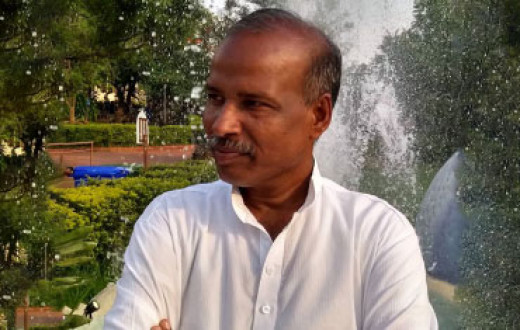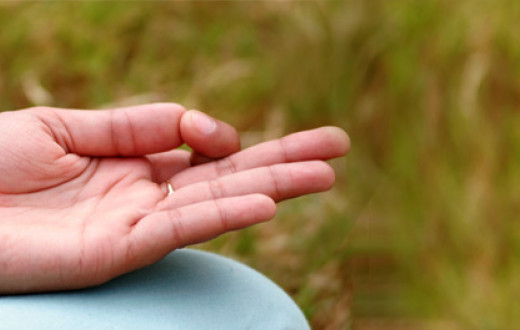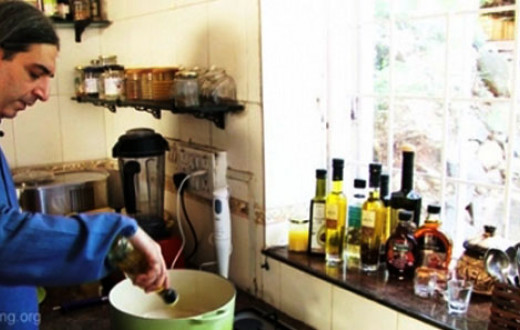
Anjali, my wife, simply put her jewelry in my hands. “Mortgage them for the toilets you are building,” she said. I was humbled, grateful, and proud of her. Because of her initial support, so many homes got toilets!
My journey to fight open-defecation began with a CSR-funded project in Maharashtra. Many think open defecation is a matter of choice in rural India. But that is not the case. While working on the ground, I came across people who knew they needed toilets. Imagine an 82-year-old man with difficulty in controlling motions is left by his son on the farm at 7 am only to be picked back in the evening. All because the family does not have access to a toilet and the farm is the only place where he can relieve himself.
The need is obvious and the villagers know it. When our project was completed, people from nearby villages approached us for toilets. But the cost of constructing one is Rs. 40,000. The government’s reimbursement is Rs. 12,000, which happens after the beneficiary invests and gets a toilet constructed. Then there are huge amounts of water that are needed. Imagine using 200 liters of water daily for 5-6 days! How do you get so much water in drought-hit areas?
With these challenges in mind, I began my search for a cheaper and water-friendly way to build toilets. As I spoke to more people, I found out about FOC blocks. Cheap and free from sand and cement, they required just 20 liters of water for a day! No use of cement also meant quicker work, reducing labor costs. They were about to reduce the construction cost to Rs. 16,000!

No laborer, however, knew how to work with these blocks. As an ex-business man and with no background in construction, I spent nights figuring out how they could be used for construction. The first challenge I faced was that it just wouldn’t cut! I tried three machines before I found one to cut them into the right sizes. Eventually, I taught myself how to use these blocks and I later taught the laborers. However, few were convinced about the use of new material for constructing toilets. People doubted the durability of this material. I convinced them and it has been 3-4 years since those toilets were constructed and they are absolutely fine!

The discovery of the FOC blocks helped us a lot. Yet, we needed more cost-cutting. With some research, I figured more ways to save costs such as buying construction material directly from the merchants and not using tiles. This cut our cost to Rs. 12,500 - Rs. 13,000. The beneficiaries helped us save more money by digging the pit required for construction.
Now, the next challenge was to raise the first round of funds the government could later reimburse. This is when my wife offered her help. With the reimbursed money, I built more toilets. Soon, The Art of Living began helping this project with funds and we made 85 villages ODF. Many people took this knowledge of building low-cost toilets to build toilets on their own. That way thousands of toilets got built! I cannot be happier.
- Venkatesh Mangalram, ex-businessman, Art of Living faculty member
As told to Vanditaa Kothari





















